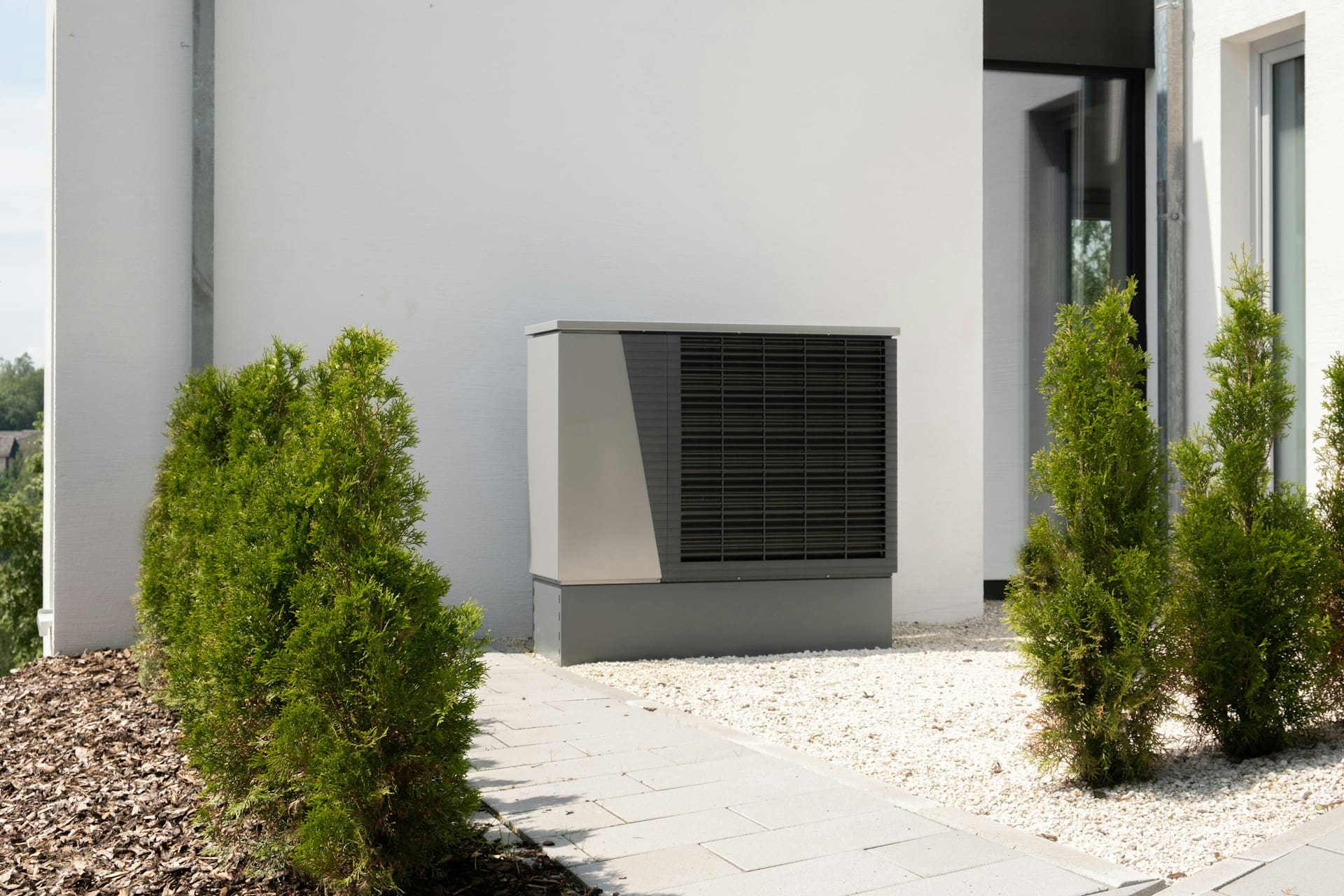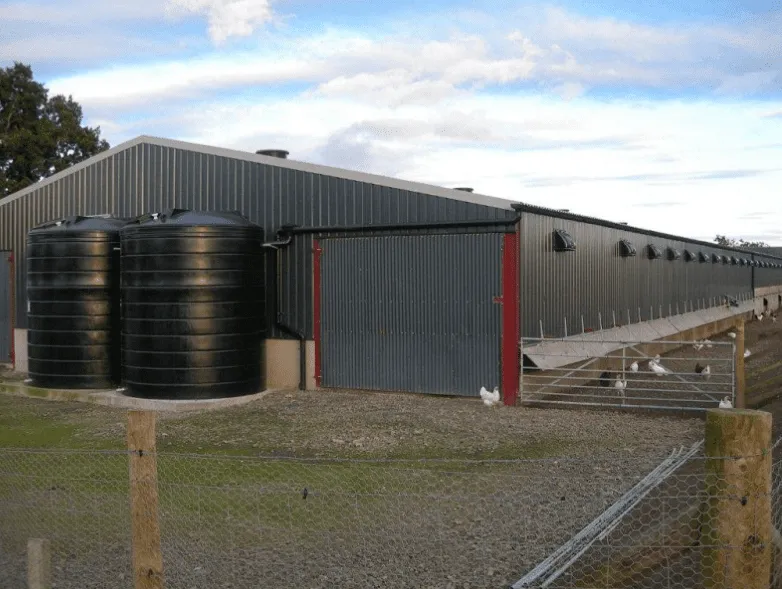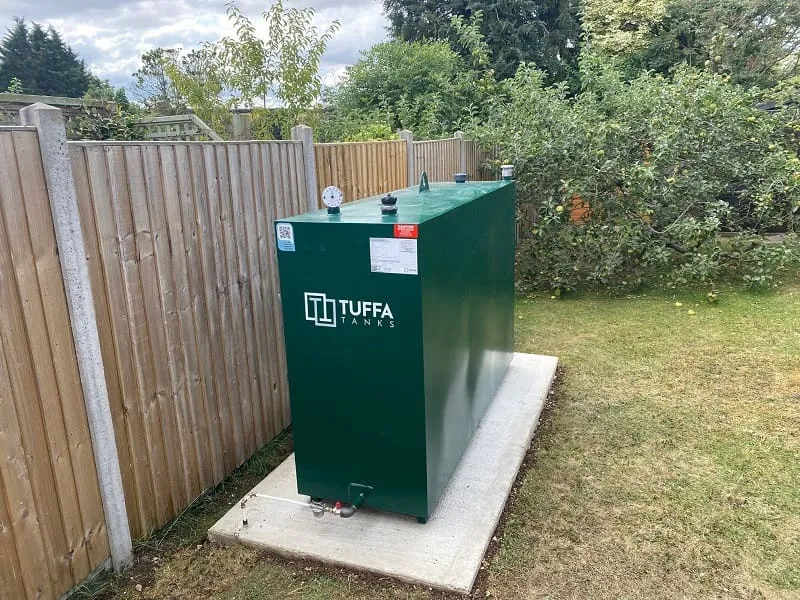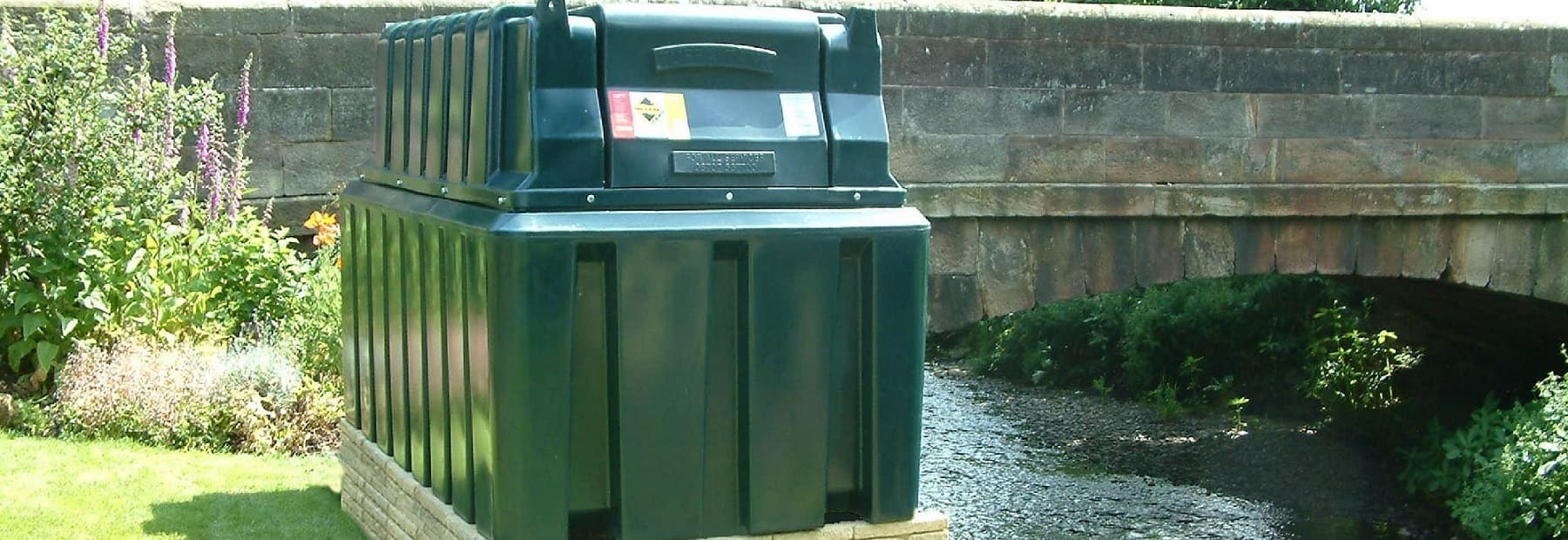As much as Tuffa’s considerable design and manufacturing expertise has had value in its approach to the likes of oil and AdBlue tanks, there is a particular type of tank that will interest both domestic and commercial customers: the rainwater harvesting tank. Taking pride of place in the company’s wider range of water tanks, our rainwater harvesting tanks make the most of what has become an increasingly regulated and expensive commodity, with both money and precious water resources being saved.
Rainwater harvesting is the process by which water is collected from the surface on which it falls, which means that the water can be stored and used for another purpose rather than merely evaporating, transpiring or running through the drainage system. Tuffa offers not only potable water tanks, but also tanks for non-potable water, allowing for its application to such purposes as garden watering, toilet flushing and clothes washing in washing machines.
For all of the perceptions that England and Wales sees a lot of rain, there is actually a very real water shortage that has made this type of water tank increasingly popular. A growing population, climate change and lifestyle changes are putting pressure on the environment from which a high volume of water is taken for human use. Much of the population lives and works in the South East of England, where there can be a particular scarcity of water per person. It is therefore a real issue to consider how water supplies can be made more reliable. This is where a rainwater harvesting tank steps in, and there are many benefits to owning one, which we’ve explained below.
Cost savings
A rainwater harvesting system of any description leaves the user less dependent on the mains water supply, thus providing owners with domestic self-sufficiency. As such, it follows that collecting your own water and using the mains supply less frequently will have an added financial benefit, helping to reduce your monthly bills.
This is perhaps the best reason to own a rainwater tank, because, as it stands, families and businesses spend a small fortune on their water bill each year, with the costs largely coming from the time and effort taken by utility companies to purify and filter the water for safe consumption. We’ve listed some of the most frequent and largest percentages of home uses for water below (based on an average year’s use by a family):
- Flushing the loo (54,000 litres)
- Showers, the bathroom (54,000 litres)
- Washing machines (40,500 litres)
- Dishwashers and kitchen (27,000 litres)
- Garden and other outside uses (94,000 litres)
This is an astonishing amount of water being used for things other than human consumption, but needing to be treated the same. By reducing the use of commercially filtered and treated water, individuals and businesses alike can look forward to a noticeably reduced water bill.
Storage for drier periods
Despite widespread perceptions of the United Kingdom as a rainy country, our water resources are actually under pressure, and the situation is only deteriorating with our changing lifestyles, rising population and climate change.
Water can be especially scarce in the South East during the summer months. And, almost unbelievably, some parts of England have less water available per person than many Mediterranean countries, so strategic water planners are starting to see the value of rainwater harvesting in reducing the amount of water consumption per head.
The drier weather in Summer months can often lead to hosepipe bans, which are detrimental for gardeners looking to keep their plants and vegetation well watered. Fortunately, for those with a rainwater harvesting system, the concerns and worries of a hosepipe ban are non-existent.
After all, as soon as the installation has taken place, you can simply sit back and watch the upcoming rainy days fill your unit with a reliable supply of water that might otherwise have been wasted. When the droughts and inevitable hosepipe bans finally hit, you’ll be able to enjoy the summer sun without having to worry about keeping your garden watered – you’ll have everything that you need in your own rainwater harvesting tank.
Make the most of stormy weather
Like much of nature, rain can be a blessing and a curse. While we could do without the flooding right now, having a rainwater tank during a storm really could help your business. That’s because rain is a free industrial resource. The cost of buying a cloud’s worth would be astronomical, but out of the sky it comes free of charge to farmers, builders, and steel mill workers.
An inch of rain over a square mile is 17.4 million gallons. Multiply that by your water rates and you can see how valuable all this rain is to someone with crops to grow or concrete to mix. Putting a pot out under a cloud won’t collect much, but having a system with a huge surface area will really start to put the litres away. That’s why it’s a good to link up your rainwater tank to your drainpipes and guttering. Then, your roof acts just like a valley does, and catches much more water for the rainwater tank.
Furthermore, during the rainy season (most days in the UK), rainwater collected in large water storage tanks can help to reduce flooding if you are in a low-lying area.
The collecting of this water, which is free from pesticides and fertilisers, also aids the longevity of soil and earth where the water is used.
Easy maintenance
Once installation is complete, the process of maintenance is simple and largely self-contained. The whole process is based upon a simple technique of channelling and collecting the rain that will run off the roof of your home, barn or other outbuildings.
The use of the water is totally up to you; water needn’t be purified if it is merely being used for car washing and watering the garden, but should you want it for cooking or cleaning then a filter can be fitted with the tank.
Environmentally friendly
As a water tank of this type helps to reduce the volume of water supplied from the mains, in turn this helps to sustain the water environment and benefit ecosystems as less water is taken from rivers, lakes and aquifers. Reducing the amount of water that is discharged to drains and sewers – and ultimately, rivers – also minimises the risk of flooding and pollution.
Furthermore, rainwater is fantastic for helping plants thrive. There are three main reasons for this:
- Rainwater is chemical free – The water that comes from your taps contains salts, minerals and chemicals that have been added to improve your health. Unfortunately, what’s good for humans isn’t always good for plants. These compounds will build up over time and make it tough for plants to thrive. Those with long, thin leaves are most at risk. Plants are unlikely to die, but they won’t be receiving the best possible water source – rainwater.
- Rainwater is acidic – Every gardener knows that the majority of plants prefer to grow in soil that is kept in pH levels of around 5.5 to 6.5. Unlike water that comes from hoses and taps, rainwater is naturally acidic. This means that you’ll be able to maintain a perfect pH level in your soil without having to buy any additional products. You won’t even need to spend extra time in the garden; you can simply water as normal from your new rainwater harvesting tank.
- Rainwater contains organic compounds – The water collected within your harvesting tank will be clean and clear. However, the most important organic matter will be retained. This is fantastic news for your plants, given that contact with leaves, droppings and pollen creates naturally fertilised water, while whatever comes from your house will have been stripped of these valuable materials. As such, with a rainwater harvesting tank you can fertilise whilst you water.
How do rainwater harvesting tanks work?
The basic way these systems work is that rainwater is captured from the roof(s), before normal guttering and down-pipes help to bring the water to a central point, from which it enters the water tank and is filtered. The water is then delivered to a service on demand, via a dependable and efficient submersible pump. The types of rainwater harvesting systems that Tuffa offers include direct or indirect domestic systems, above ground or underground garden/irrigation systems, and even bespoke commercial systems.
Such a wide range of water tanks of this type only further demonstrates the wide range of ways in which rainwater harvesting systems can benefit many of Tuffa’s domestic and commercial clients.






























